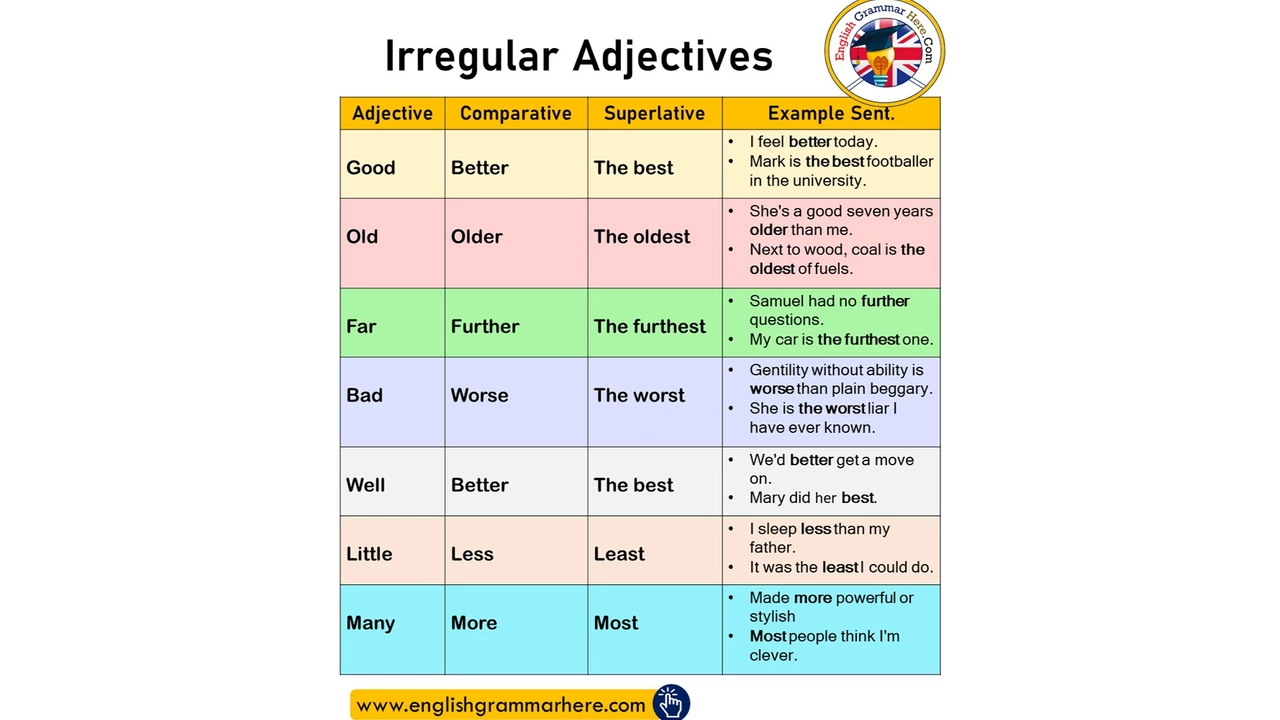Dogleg Explained: What It Is and How It Impacts Racing
If you’ve ever watched a race and seen a sudden bend that looks more like a sideways ‘S’, you’ve just witnessed a dogleg. It’s a short, angled section of a circuit that isn’t a full‑turn but forces drivers to change direction quickly. The name comes from the way a dog’s leg bends, and the shape can be seen on tracks from F1 to local karting venues.
What Is a Dogleg?
A dogleg is basically a kink in the straight. Instead of a straight line from corner A to corner B, the track shifts left or right before straightening out again. Designers add doglegs to break up long straights, create overtaking spots, or test a car’s handling balance. Because the car is usually at high speed when it hits the dogleg, even a small angle can change the racing line dramatically.
How Drivers Handle a Dogleg
Getting the dogleg right is all about timing. Most drivers will stay on the apex of the preceding corner, then look ahead to decide whether to hug the inside of the bend or stay wide for a better exit. Staying wide often means a smoother line and higher speed onto the next straight, while cutting the inside can give a quick gain if you’re trying to overtake.
Because the car is still accelerating, brake pressure is usually low. Drivers focus on smooth steering inputs and balanced throttle. A sudden jab can make the rear step out, losing grip and costing precious seconds. On a tight dogleg, many racers will lift a bit off the throttle, steer into the bend, then gently apply power as they straighten out.
Team engineers also love doglegs. The change in direction stresses different parts of the suspension, providing data on tyre wear and aero balance. They’ll tweak setups – like adjusting camber or tweaking the rear wing angle – to make the car more stable through that quick change.
Fans enjoy doglegs for the drama they add. A well‑timed move through a dogleg can set up a daring pass into the next corner. Some classic moments, like the overtakes at the Hockenheim dogleg or the Suzuka’s ‘S’ curve, show how a small angle can produce big excitement.
If you’re new to racing games, treat the dogleg as a test of rhythm. Aim for a smooth, steady turn rather than a hard chop. Keep your eyes looking ahead to the exit, not just the bend itself. That way you stay on the fastest line and avoid losing traction.
In short, a dogleg isn’t just a design quirk – it’s a strategic feature that mixes speed, skill, and car set‑up. Whether you’re watching a live race or taking a turn in a simulation, understanding how a dogleg works can make the action a lot more interesting.
